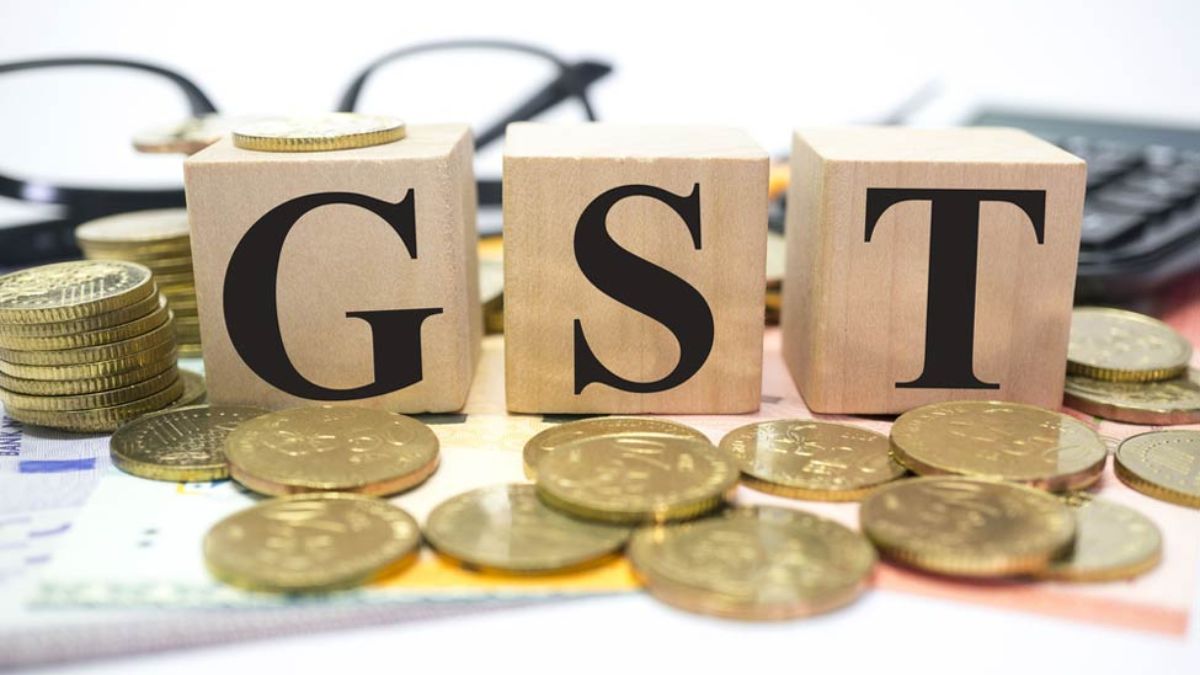How the middle class will gain from GST regime overhaul
 Representative image
Representative image
The proposed Goods and Services Tax (GST) regime overhaul is expected to bring some relief to the middle class, as owning small cars and bikes is expected to become easier on the wallet.
At present, the GST follows a four-tier structure with rates of 5 per cent, 12, 18, and 28 per cent. Food and essential items are either exempt or taxed at 5 per cent, while luxury and sin goods attract the highest rate of 28 per cent.
According to a Reuters report, the Centre plans to slash taxes on small cars and insurance premiums.
Sources told Reuters that the government has suggested lowering GST on small petrol and diesel cars from the current 28 per cent to 18 per cent, making them cheaper.
According to the source, the consumption tax on health and life insurance premiums could be lowered to either 5 per cent or even to zero per cent from the current 18 per cent.
The 5 per cent slab contributes around 7 per cent to total GST revenues, while the 18 per cent slab accounts for a dominant 65 per cent. The 12 per cent and 28 per cent slabs contribute approximately 5 per cent and 11 per cent, respectively, to the GST collection.
The Centre has proposed to the group of ministers on GST rate rationalisation a 2-tier rate structure of 5 and 18 per cent for 'merit' and 'standard' goods and services, and a 40 per cent rate for about 5-7 goods. The proposal entails doing away with the current 12 and 28 per cent tax slabs.
An NDTV report said that the prices of daily-use items are also expected to come down. However, there is no clarity on the items that would benefit from the GST reduction.
Reports suggest that prices of tooth powder, packaged snacks, and dairy-based products, including milk-based drinks, may become cheaper.
Business